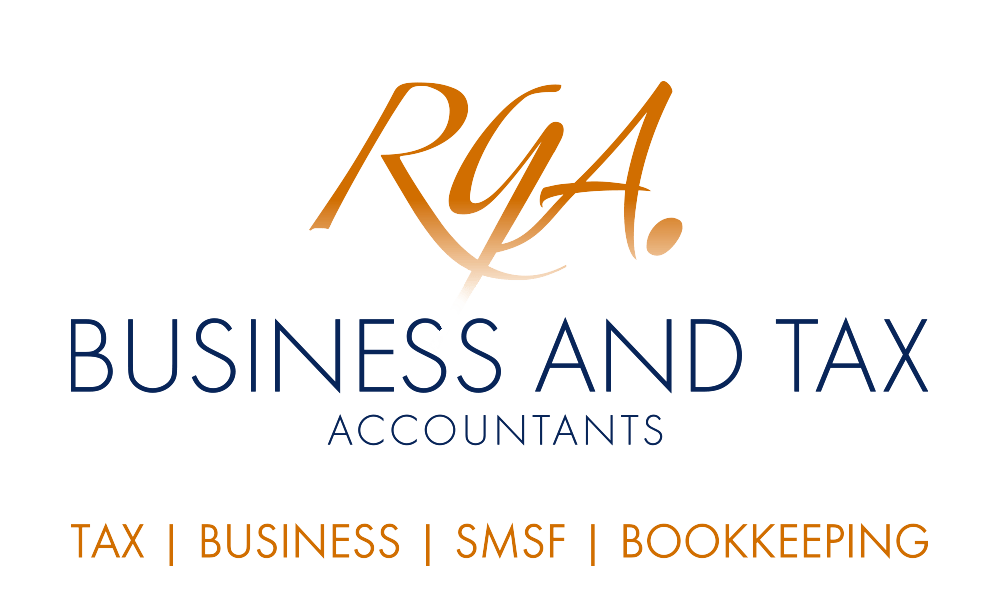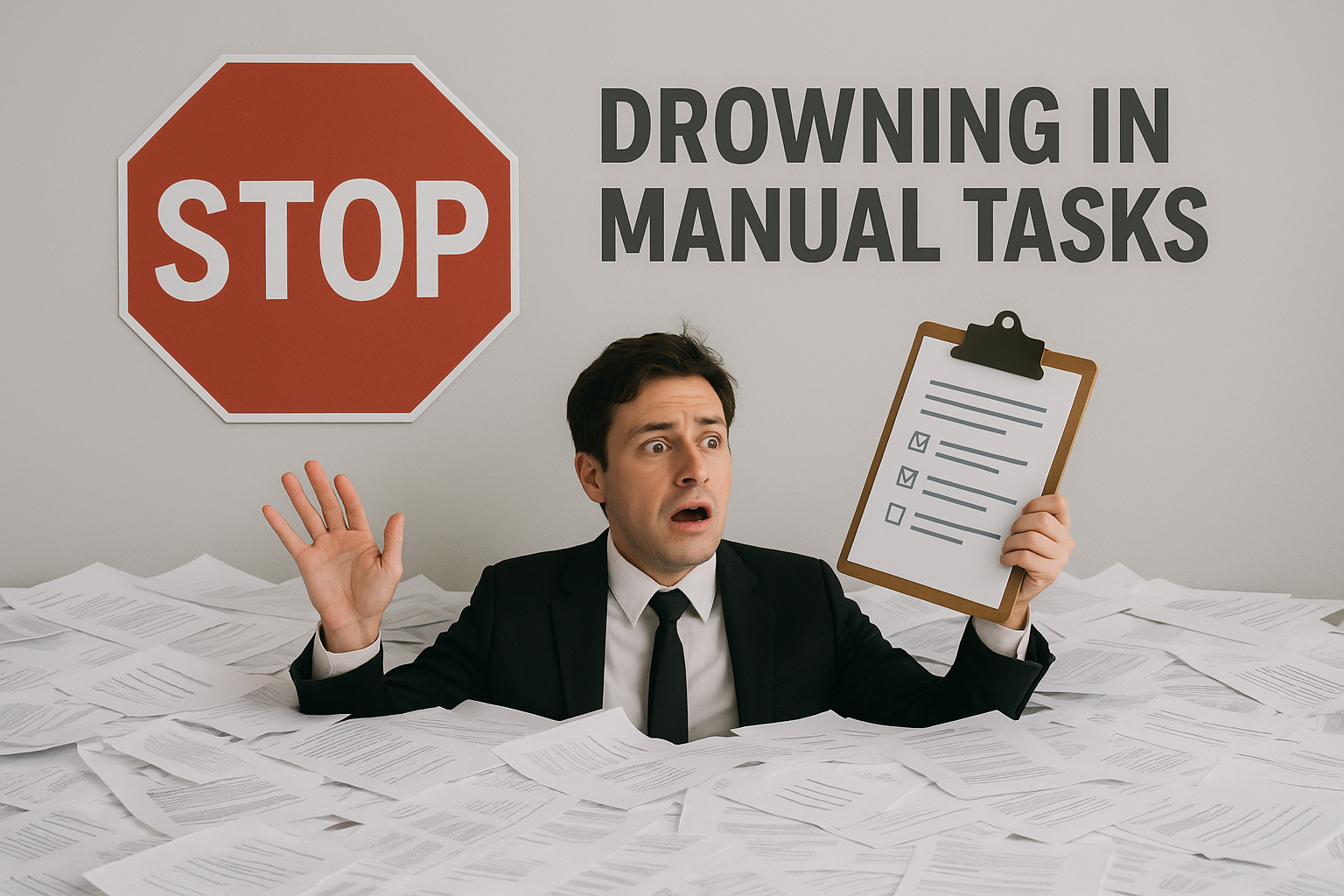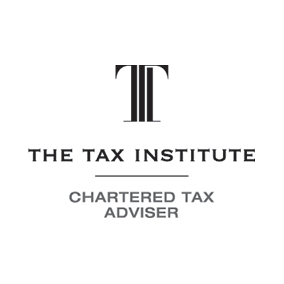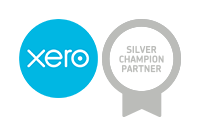You may have heard about the "instant asset write-off", but do you understand exactly how it can benefit your business? If not, you're not alone! Read our case study for insight into how the write-off could work for your small or medium business, and what you need to do by 30 June 2020 to take advantage of this limited-time incentive.
If you're thinking about purchasing some new equipment for your business, it may make sense to bring forward that purchase in order to take advantage of the "instant asset write-off" available until 30 June 2020.
The write-off allows small and medium businesses (with turnover up to $50 million) to claim a full deduction for any depreciating asset costing up to $30,000 in the year they first use it, rather than having to deduct the cost over several years under the usual depreciation rules.
Case study: David runs a distribution business with annual turnover of $1.4 million. He has been thinking about purchasing a computer upgrade (costing $8,000), an extra forklift ($24,000) and a new van ($35,000), which David would use 20% of the time for personal use.
Which assets qualify?
The $30,000 threshold is a per asset threshold, so the business could claim both the $8,000 computer upgrade and $24,000 forklift under the write-off, even though these total $32,000.
The $35,000 vehicle won't qualify. Even though businesses may only claim the write-off for the business use proportion of an asset (in this case 80% or $28,000), the full cost of the asset must still be below the $30,000 threshold. The vehicle would be subject to the usual depreciation rules.
What's the advantage of the write-off?
The write-off "accelerates" David's deductions because the business can fully write off qualifying purchases in the first year, rather than gradually claiming deductions for depreciation over several years. This is clearly a benefit, but David's decision about the purchases should also factor in:
- how profitable the business is, and how a large deduction this year versus gradual depreciation over several years will be applied against the business' assessable income; and
- the cashflow impact of making the purchase, including whether finance is needed. Does the business genuinely need the new assets, and does the tax benefit of the instant write-off justify the expense involved in this capital expenditure?
What's the deadline?
The $30,000 write-off is a temporary measure.
Unless there are further government announcements, the threshold will return to $1,000 from 1 July 2020.
David must do two things if he wishes to utilise the $30,000 write-off.
First, he must purchase the asset by 30 June 2020.
- For small businesses like David's (with turnover under $10 million), the purchase can go as far back as 13 May 2015 (subject to the "first use/installation" rule discussed below).
- If David's business turnover was between $10 million and $50 million, the purchase would need to have been made after 2 April 2019 (because the measure was not available to medium businesses before then).
Be careful about financing asset purchases. If you "lease" an asset you may not qualify because you're not the owner, but if you use a form of finance like a "chattel mortgage" (where the lender takes security over the asset) you can still claim the write-off.
Second, the asset must be first used, or installed ready for use , on or before 30 June 2020. This means David wouldn't qualify if he buys the asset but it's not delivered until after 30 June 2020.
If a small business purchased and also first used or installed an asset on or before 2 April 2019, a lower threshold will apply. Talk to your adviser about the tax treatment of that purchase.
Let's look at your expenditure plans
If you've been considering new equipment for your business, contact us today to explore the optimal timing for that expenditure and whether the write-off can work for you.
